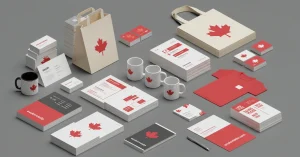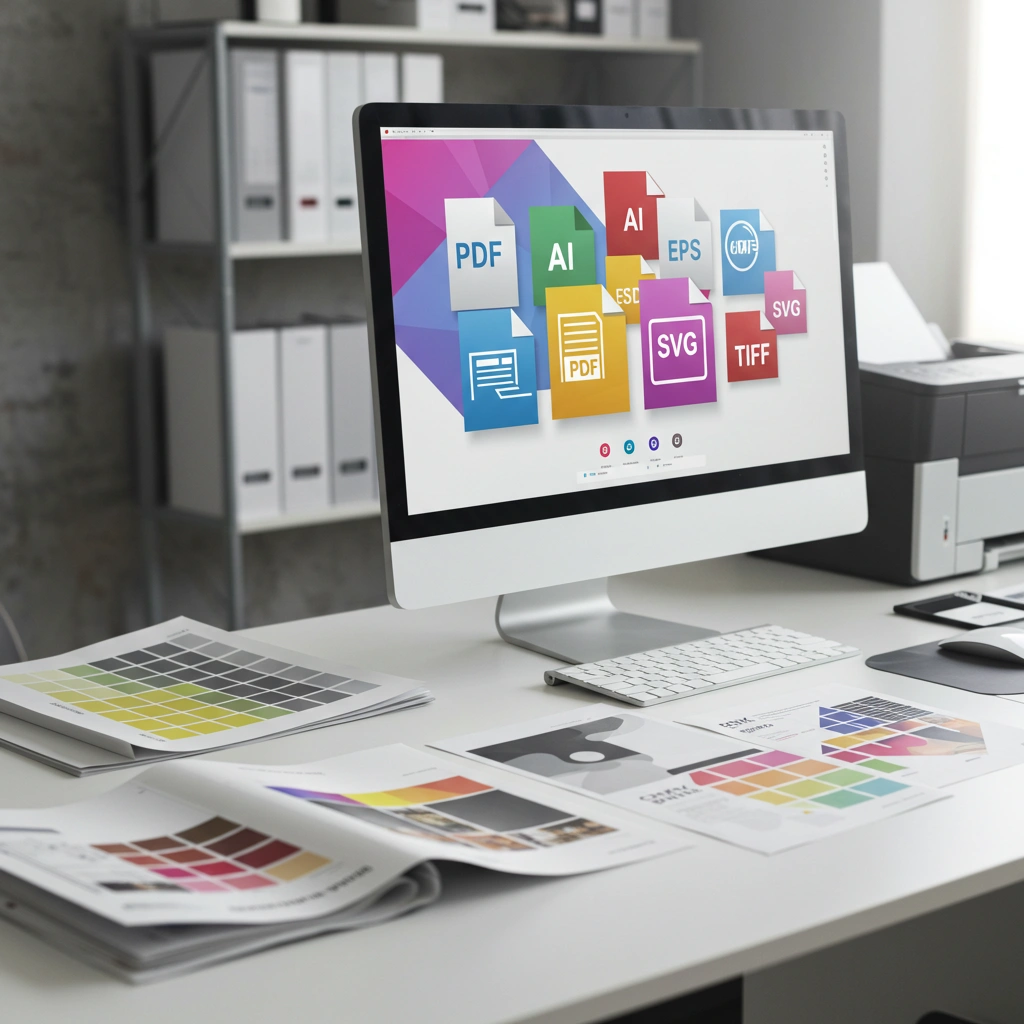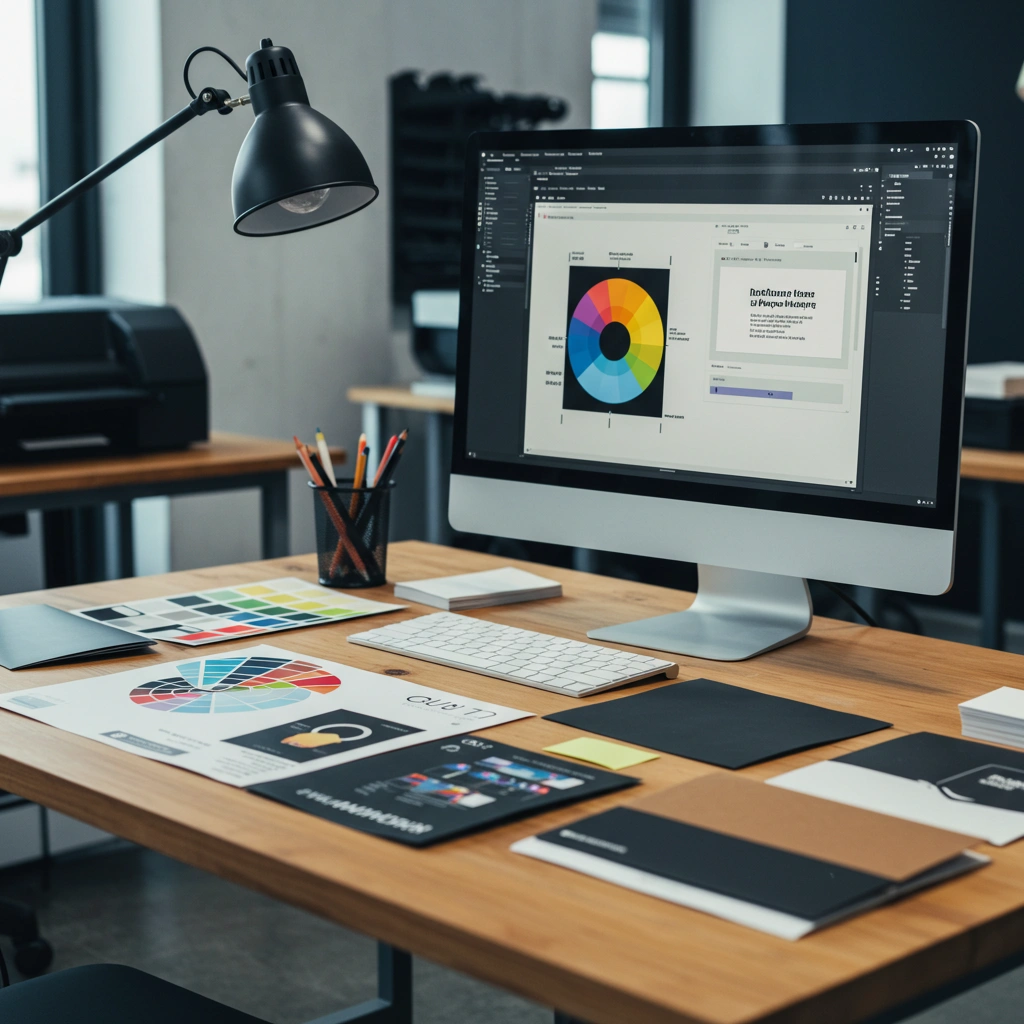
Get 20% Off On Your First Order | User Code: FIRSTORDER
Artwork is like a recipe. If the ingredients (your design) are not mixed right, the final dish (your printed product) might not taste good (look professional). Preparing your artwork carefully can stop big problems later. Printers need clear instructions, and your file is their guidebook. Skipping steps can lead to blurry images, wrong colors, or even wasted paper and ink.
When you prepare your artwork, you’re making sure everything is perfect before pressing “print.” This step saves time, money, and stress. Imagine spending hours designing a poster, only to find out the colors look dull or the text is cut off. Proper preparation avoids these issues. Printers have rules—like using the right colors and file types—and following them ensures your design looks exactly how you want it.
At eColorMedia , we know that small mistakes in artwork can cause big headaches. That’s why our team checks every file before printing, ensuring your project shines.
A print-ready file is like a packed suitcase. Everything should be inside, neatly organized, and ready to go. Key things are:
If any of these elements are missing, the printer might reject your file. For example, using RGB colors can make your design look muddy when printed. Fonts not outlined might turn into gibberish if the printer doesn’t have the same font installed. Always double-check these points before submitting your file!

Printers love certain file types more than others. Here’s what to use:
PDF is the gold standard. Everything stays in place, and printers are happy. Text, images, and colors won’t shift when opened on another computer. Most printers ask for PDFs because they’re reliable.
TIFF files are great for high-quality photos, but they’re large and not ideal for text-heavy designs. Use them for images that need sharp detail.
AI is perfect for logos and vector art. It keeps lines crisp, no matter how big you scale the design.
Old-school but still used for vector graphics. EPS files work well for logos and illustrations.
These are okay for basic images, but avoid them for final print files. JPEGs lose quality when compressed, and PNGs don’t support advanced features like layers.
Tip: For best results, save your file as PDF unless the printer specifies otherwise.
Use this checklist to make sure nothing is missed:
Blurred images are a no-go. Always check! Low-resolution images look pixelated when printed.
RGB colors look different on paper. Switch to CMYK early!
Printers cut here. No bleed = white edges!
Missing fonts can ruin your design. Fix this!
Too many layers = printer headaches. Merge them!
Low-res images look pixelated. Use originals!
Wrong sizes = wrong prints. Double-check!
Text too close to edges might get cut off.
Save as PDF unless told otherwise!
Typos are embarrassing. Read it again!
At eColorMedia , our designers follow this checklist for every project. It ensures your prints are flawless, from business cards to banners.
Even small errors can cause big problems. Watch out for:
White borders will show up if bleed is missing. Always add 0.125 inches of bleed around the edges.
Prints may look washed out. Always work in CMYK!
Text might turn into gibberish if the printer doesn’t have your font. Outline fonts or embed them.
Blurred photos ruin designs. Use 300 DPI images only.
Rules vary by printer. Ask first!
Design could break completely. Pack fonts with your file.
JPEGs/PNGs are risky for print. Stick to PDFs.
Typos = unprofessionalism. Always read twice!
Too much ink can smudge or take longer to dry. Keep colors balanced.
Misaligned text or images look messy. Zoom in to check!
At eColorMedia , we’ve seen all these mistakes. Our team catches them before printing, saving you time and hassle.
Also Read: 10 Powerful Ways Custom Labels Can Boost Your Product Sales

Follow this plan:
A file that’s fully prepared with correct settings for printing (resolution, color mode, fonts, etc.).
PDF is safest. It keeps everything in place and works for most printers.
Check resolution (300 DPI), color mode (CMYK), fonts (outlined/embedded), and bleed marks.
Always 300 DPI. Lower resolutions look bad on paper.
Yes, but only for basic prints. PDFs are better for quality.
Yes! This stops fonts from changing during printing.
Yes, unless fonts are embedded.
Bleed is extra space around the edges. Crop marks show where to cut.
Low-resolution images (less than 300 DPI) cause blurriness.
Adobe Illustrator, Photoshop, InDesign, or free tools like Canva (save as PDF!).